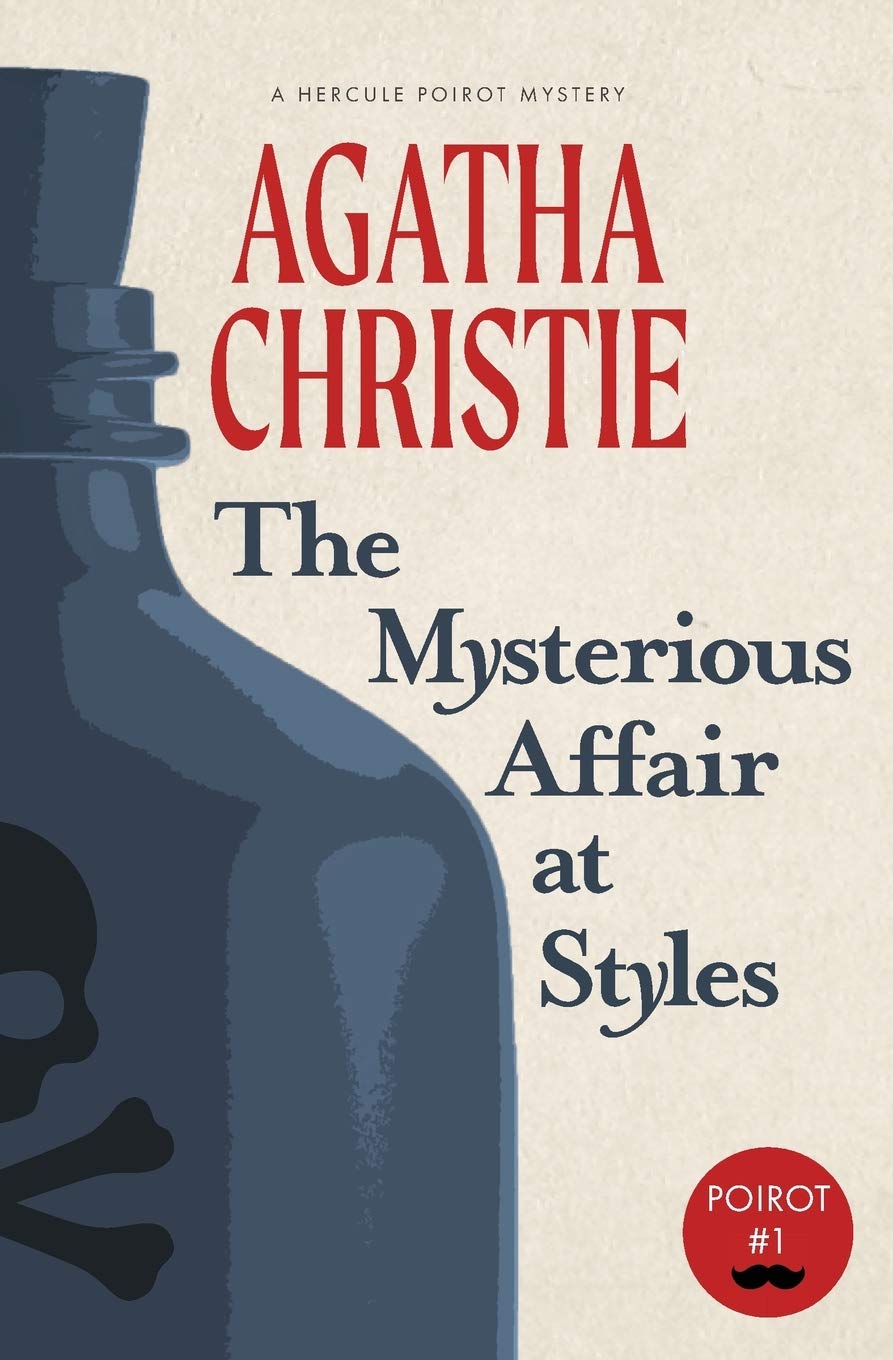CHAPTER I — I GO TO STYLES
byChapter I begins with a quiet return to the English countryside, as the narrator—recovering from injuries sustained at the Front—accepts an invitation to stay at Styles Court. This stately Essex home, once familiar and serene, now stands at the heart of subtle unrest following the controversial remarriage of Mrs. Cavendish. Her union with Alfred Inglethorp, a man markedly younger and stylistically distinct, has become the source of friction, unsettling the balance between loyalty and resentment among the household. John Cavendish, the narrator’s old friend, introduces the scene with a blend of nostalgia and unease. The tensions he shares about inheritance and social expectations cast shadows over what should be a peaceful convalescence. The family’s dynamics—riddled with suspicion, affection, and tradition—begin to suggest that all is not as harmonious as it seems.
Upon arrival, the narrator is reintroduced to the key figures residing at Styles. Mary Cavendish, John’s wife, is portrayed as graceful but distant, her personality shrouded in reserve and quiet intensity. Cynthia Murdoch, young and enthusiastic, brings liveliness to the estate, though her position as a ward rather than family hints at social tension. Evelyn Howard, a practical and commanding presence, voices open skepticism toward Alfred Inglethorp, who remains polite yet discomforting in appearance and behavior. The setting, though picturesque and historically rich, carries undertones of emotional strain and disconnection. The war may rage elsewhere, but the true battles here are quiet and deeply personal. These early impressions reveal a family fraying under pressure, despite the formality of English country life.
Tensions rise not through open conflict but through small, revealing moments. Evelyn Howard, fiercely protective of Mrs. Cavendish, makes no secret of her dislike for Alfred and suddenly departs after a heated disagreement. Meanwhile, Mary keeps emotional distance from her husband, and Lawrence Cavendish, quieter than his brother, shows signs of worry and unease. The narrator observes these subtleties with increasing curiosity, recognizing that unresolved emotions and unspoken motives run deep through the household. Dr. Bauerstein’s introduction as a visiting expert on poisons adds an eerie note, suggesting that science and suspicion may soon intertwine. This isn’t just a genteel family residence—it is the stage for a hidden drama on the brink of revelation.
Hints of mystery emerge as casual remarks and behavior begin to take on deeper significance. A discussion about household medicines, a misplaced bottle, and the concealed presence of strychnine in the background all imply that something darker lingers just beyond view. Alfred Inglethorp’s overly courteous demeanor and his out-of-place appearance provoke concern rather than comfort. Mrs. Cavendish, though strong-willed and wealthy, seems increasingly isolated, caught between affection for her new husband and doubts raised by those closest to her. Her decision to revise her will adds another layer of uncertainty. These domestic details, when viewed together, reflect a portrait of concealed anxieties preparing to boil over.
Beneath the surface of afternoon teas and garden strolls, the foundations of trust within Styles Court begin to erode. Mrs. Cavendish’s authority, though never directly challenged, is subtly undermined by whispered conversations and side glances. Each resident appears to be carrying a private burden, and as the narrator settles into his temporary home, he senses a growing urgency. This is not a simple visit to an old friend’s estate—it becomes a witness to an unraveling. In such a controlled environment, any disruption has lasting consequences. And with Poirot soon to enter the scene, even the smallest clues begin to gain extraordinary weight.
The opening chapter of the novel not only sets the narrative in motion but also lays a psychological groundwork for what’s to come. It invites readers into a household that mirrors post-war uncertainty: structured yet strained, comfortable yet uneasy. These carefully planted seeds of suspicion and emotional discontent foreshadow the complexity of the crime that will soon unfold. For readers, it’s an invitation not just into a mystery, but into a study of character, motive, and the fragility of appearances.

